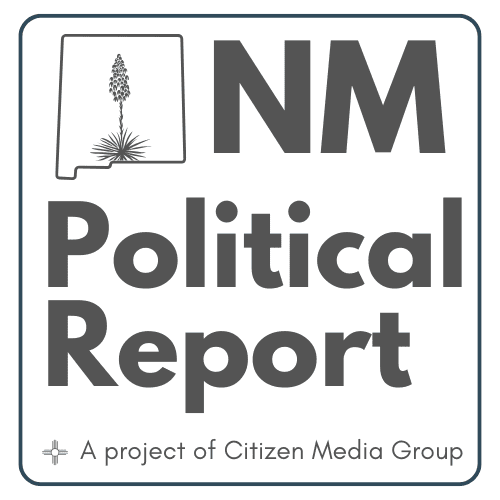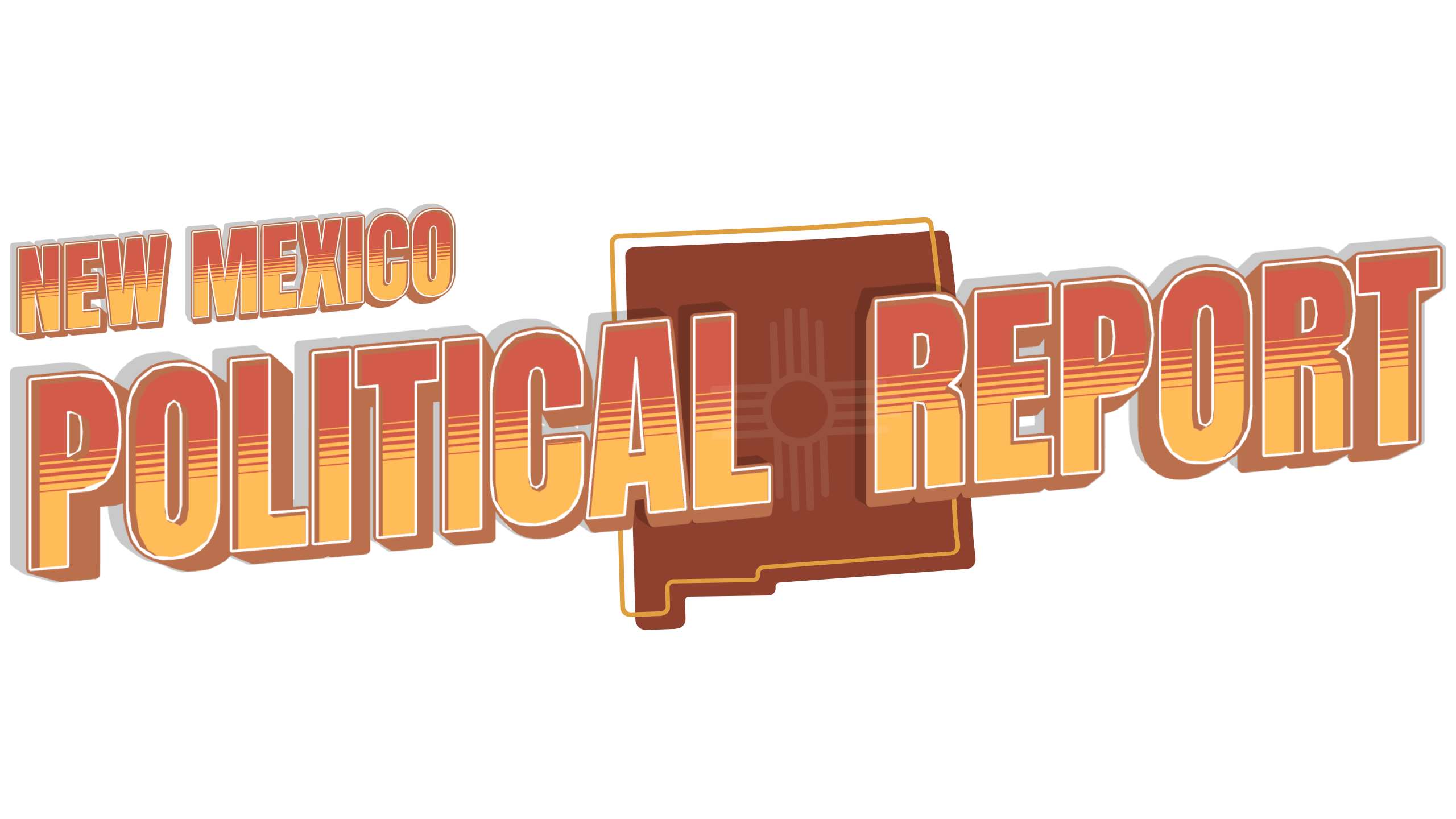
This report is supported by NM Political Report, a nonprofit newsroom working to increase New Mexicans’ engagement in politics and public policy.
Reported by: Kevin Hendricks
This report is original reporting by a New Mexico-based independent journalist with support NMreports.org and its readers and sponsors.
New Mexico’s rural and tribal communities could lose a critical lifeline for emergency alerts and local news after the U.S. Senate voted early Thursday to approve $9 billion in federal spending cuts that would eliminate $1.1 billion in funding for public broadcasting over the next two years.
The 51-48 vote, which came after 2 a.m. following 12 hours of debate, would strip funding from the Corporation for Public Broadcasting that helps keep New Mexico PBS, KUNM, KRWG and other local stations on the air. The cuts now move to the House, which must pass the measure again before a Friday deadline for President Donald Trump to sign it into law.
“In rural and Tribal areas, when disaster strikes, public broadcasting is often the only source of evacuation notices, shelter locations, and updates from first responders and law enforcement,” U.S. Sen. Ben Ray Luján said in a statement after the vote. “Yet Senate Republicans voted to steal millions from public broadcasting that help keep our communities informed and safe.”
The timing of the cuts is particularly concerning for New Mexico, which experienced deadly flooding just last week in Ruidoso that killed three people and required 85 swift-water rescues. Emergency officials relied on multiple alert systems, including public broadcasting, to warn residents of the rapidly rising Rio Ruidoso, which surged from under 2 feet to over 20 feet in less than an hour.
Public broadcasting serves as the backbone of New Mexico’s emergency communication system, with New Mexico PBS reaching all but one of the state’s more than 20 tribes and pueblos. The network transmitted over 11,000 emergency alerts nationwide in 2024, a 30% increase from 2023.
“Another method for sending emergency alerts that you’re getting on your cell phone also comes from PBS broadcast signals at the last mile,” Franz Joachim, general manager of New Mexico PBS, told KUNM earlier this year. “It goes to these local cell phone providers and that’s how it gets to your cell phone, and we’re doing that for dollars a year.”
The state’s Emergency Alert System coordinates between state authorities and broadcasters statewide to distribute critical information during emergencies. New Mexico recently implemented a new Turquoise Alert System for missing Indigenous people, which relies on the same broadcasting infrastructure that could be threatened by the cuts.
The Corporation for Public Broadcasting distributes more than 70% of its funding to over 1,500 locally owned public radio and television stations across the United States. In New Mexico, this includes:
- New Mexico PBS (KNME-TV) serving statewide audiences and maintaining agreements with the Navajo Nation
- KRWG serving Las Cruces, El Paso, and southwestern New Mexico
- KENW serving eastern New Mexico from Portales
- KUNM serving the Albuquerque area
Rural and tribal stations are particularly vulnerable, as they rely on federal funding for an average of 17% of their budgets, compared to larger urban stations that depend less on federal support.
Of the 544 stations nationwide that receive CPB funding, 245 serve rural communities where public broadcasting may be the only source of local news and emergency information. These stations serve populations with limited internet access and cell phone coverage, making over-the-air broadcasting essential for public safety.
“Rural public radio stations may be the only emergency alert system in rural communities,” according to the Alliance of Rural Public Media. “Broadcasting is an essential medium for reaching audiences that lack broadband access, creating a lifeline in emergency situations.”
Only two Republicans joined Democrats in opposing the cuts: Sens. Susan Collins of Maine and Lisa Murkowski of Alaska. Collins called the cuts “excessive” and noted that public broadcasting provides “important coverage” in rural areas.
Senate Democrats unanimously opposed the package, with Minority Leader Chuck Schumer arguing that the cuts would harm rural America and Native communities at a time when “speedy alerts and up-to-the-minute forecasts can mean the difference between life and death.”
The rescission package uses a rarely used congressional process that allows Republicans to bypass the normal 60-vote threshold required for such legislation.
The House must pass the bill again before the Friday deadline. If approved, the cuts would take effect starting in fiscal year 2026, which begins October 1, 2025.
Sen. Luján attempted to offer an amendment to protect public broadcasting funding, specifically citing the emergency alert services it provides. The amendment was not adopted during the marathon voting session.
“Even Republican leadership has acknowledged that the Trump administration has no real plan for how these cuts would be implemented,” Luján said. “Without fully understanding the consequences, Senate Republicans blindly voted to strip away bipartisan funding and turn their backs on the constituents they were elected to serve.”
The Corporation for Public Broadcasting was established by Congress in 1967 as a private, nonprofit corporation to ensure universal access to noncommercial, high-quality programming that serves underserved audiences.
